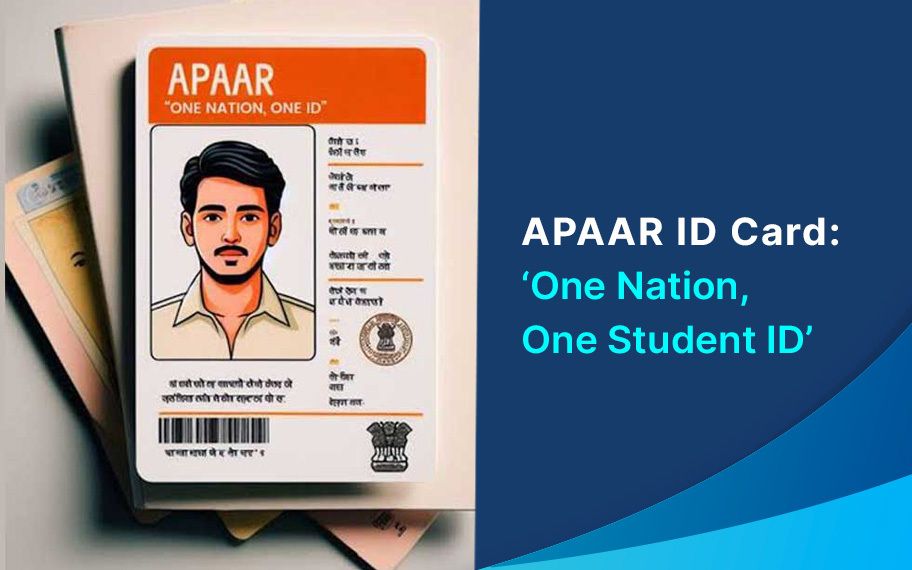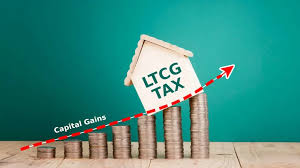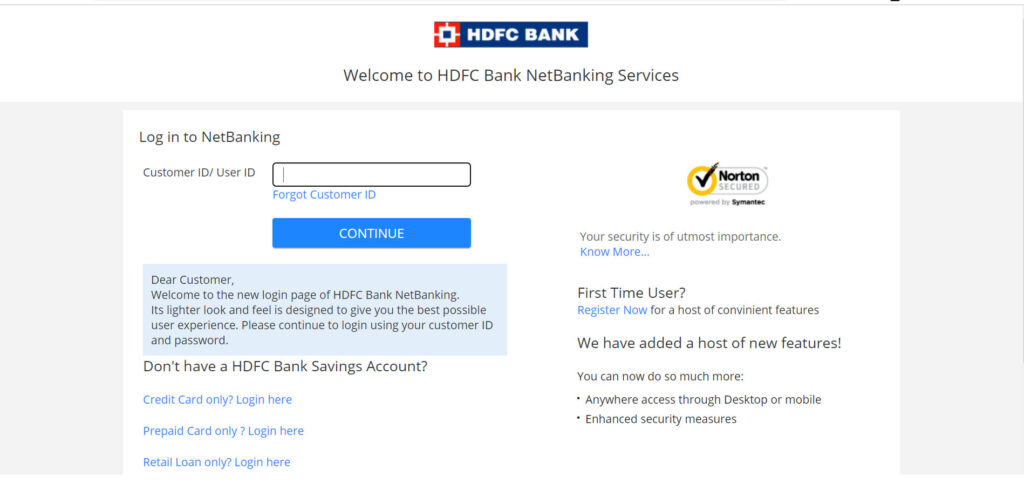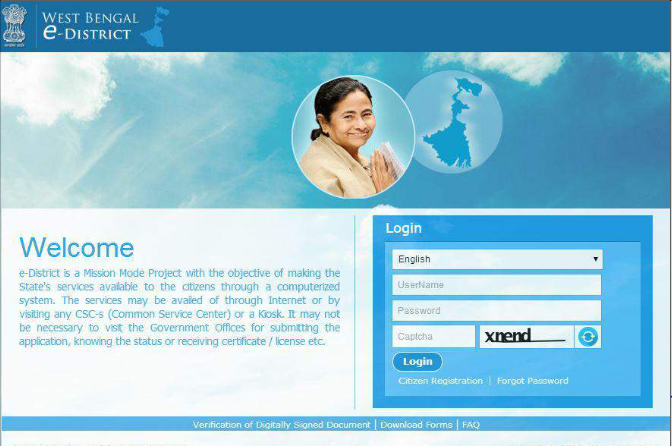Maharashtra Caste Certificate
In Maharashtra, obtaining a caste certificate is an essential process for individuals belonging to scheduled castes (SC), scheduled tribes (ST), other backward classes (OBC), and special backward classes (SBC). Caste certificate online Maharashtra serves as proof of an individual’s social status and helps them avail various benefits and opportunities provided by the government. With the […]









